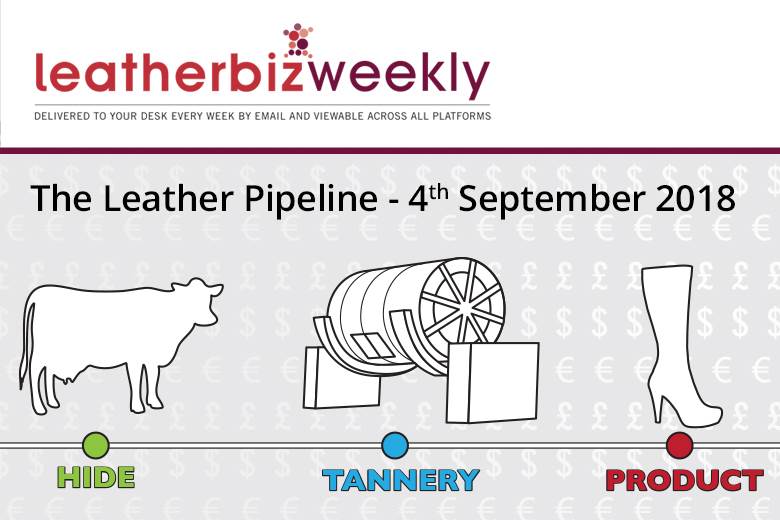Leather Pipeline: industry pays the price for having no plan B
04/09/2018

Many in the industry expected leather’s lost customers in the footwear business to have come back by now. Leather lost out in many footwear collections to synthetic alternatives after raw material, and then finished leather, prices rose sharply four years ago. Seasoned observers insisted that tanners and leather traders had seen similar developments many times in the past, that prices would eventually come back down and that, when they did, the footwear buyers would be back.
Prices have fallen. The lost demand has not come back. The Leather Pipeline report says it is not going to.
It points out that prices, in many cases, are 50% lower than they were one or two years ago, but says this has made no difference. “For low-quality material, we are beginning to get close to levels where it makes no sense to bother any more,” the report warns. “There’s not enough demand and price levels have gone beyond what makes it really worthwhile to invest in collecting, processing and distributing the material.”
It goes on to say that, already, raw material produced by the beef industry is going to waste because it cannot find a home in leather production now. “This is a pretty tough statement,” the report continues. “We are not used to it, because for centuries it was a given that there would never be a hide destroyed and it would just be a series of ups and downs where you needed, at most, some money and patience to prevail.”
However, with the present kill levels and the current demand for leather, the balance is no longer there. It says there is only one way to bring the market into balance again and that means supply has to be restricted. Meat companies, who are making good money from beef, have no reason to reduce slaughter.
The report urges tanners to concentrate on high-quality hides and work with those to make valuable leather, leaving packers to find new customers for their lower-quality hides. This won’t be easy as it means a radical change in the dynamics of the leather pipeline that everyone has become used to. But it’s the price tanners have to pay now, the Leather Pipeline report concludes, for having no plan B. Before now, they had no need of one.











